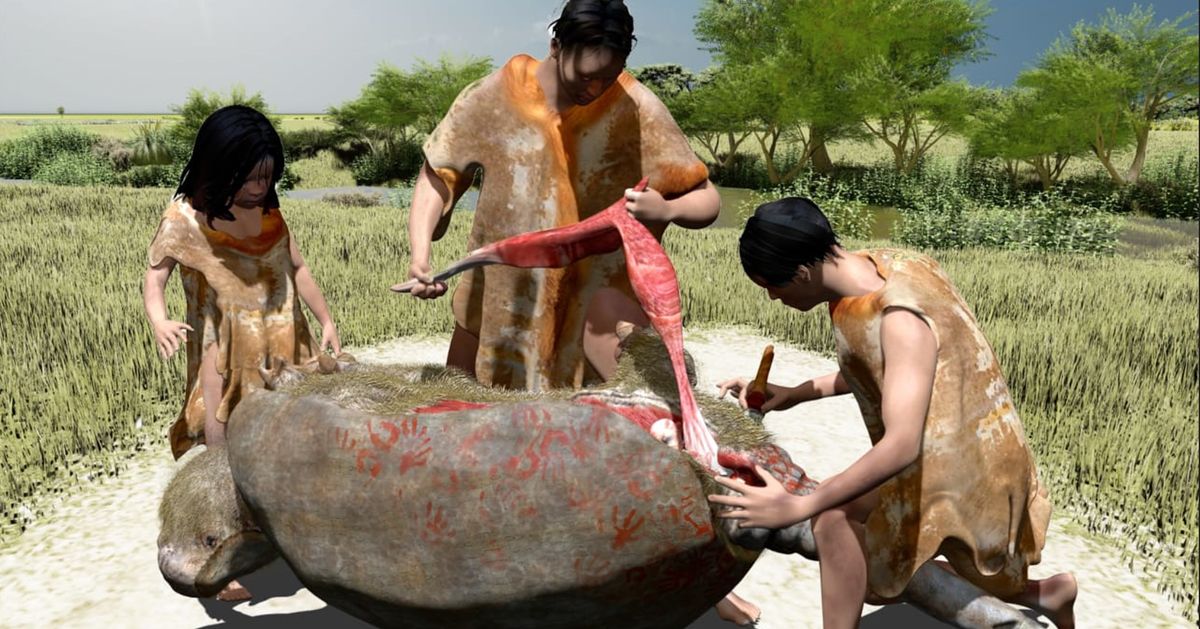Evidence Suggests Early Human Presence in Argentina with Glyptodont Diet

Introduction
The discovery of butchered bones belonging to a glyptodont, a giant relative of the armadillo, has transformed our understanding of early human life in Argentina. This intriguing find suggests that humans were present in the region approximately 20,000 years ago.
Significance of the Discovery
The evidence points to a diet that included these colossal creatures, indicating that human survival in this environment was closely tied to the glyptodonts. This relationship underscores the adaptive strategies of early humans as they navigated diverse terrains.
Conclusion
These findings not only shed light on human existence in Argentina but also enhance our comprehension of the interaction between ancient humans and their environment. Continued research in this area could unveil more about prehistoric life and migration patterns.
This article was prepared using information from open sources in accordance with the principles of Ethical Policy. The editorial team is not responsible for absolute accuracy, as it relies on data from the sources referenced.